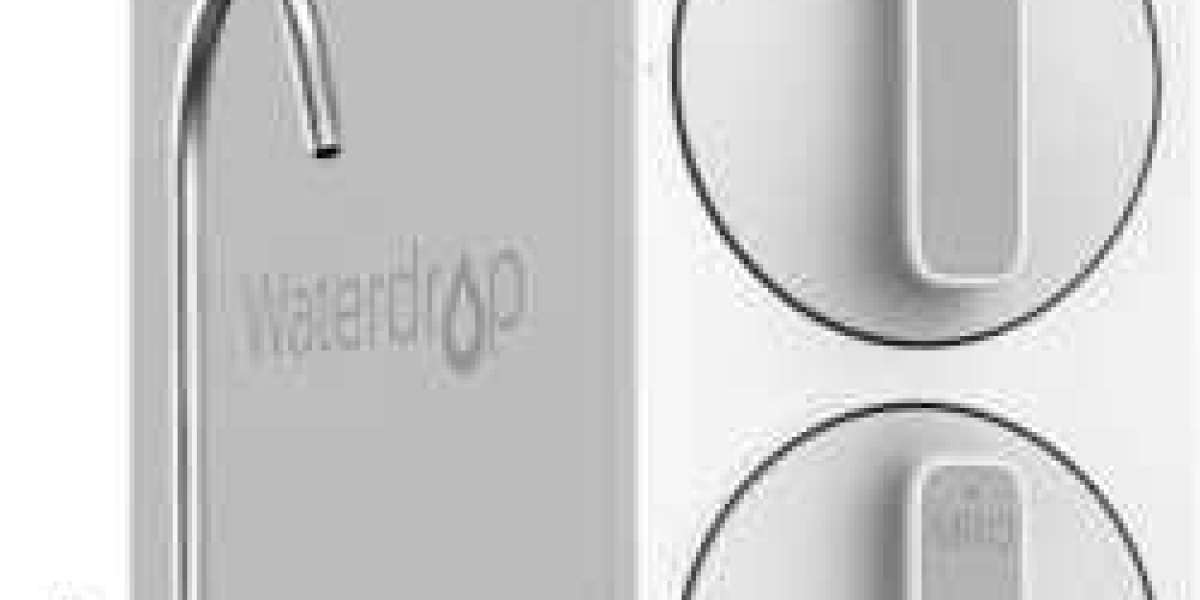When working on industrial or high-temperature projects, picking the right material is very important. One such material that stands out for its heat resistance and durability is Stainless Steel 446 Plates. These plates are commonly used in industries that involve high heat, corrosion, and heavy wear. But how do you choose the right thickness and grade for your needs? In this blog, we’ll take a simple and clear look at how to select the best SS 446 Plates for your applications.
What Are Stainless Steel 446 Plates?
Stainless Steel 446 Plates are flat sheets of steel made from Grade 446, a ferritic stainless steel. This grade is known for its excellent resistance to high temperatures, oxidation, and corrosion. It contains high levels of chromium, which gives it the ability to perform well in harsh environments, especially those involving heat and chemicals.
These plates are used in various industries such as:
- Heat exchangers
- Furnace parts
- Chemical processing
- Boiler components
- Petrochemical equipment
Why Is Thickness Important?
When selecting SS 446 Plates, thickness is a major factor to consider. The thickness of the plate affects:
- Strength: Thicker plates offer more strength and can handle more pressure and weight.
- Heat Resistance: In high-temperature environments, thicker plates provide better durability and longer life.
- Flexibility in Fabrication: Thinner plates are easier to cut, bend, or weld.
Depending on the use, you may need thin plates for lightweight equipment or thick plates for structural or pressure applications.
Common Thickness Ranges
Most Stainless Steel 446 Plates are available in the following thickness ranges:
- Thin Plates: 0.5 mm to 3 mm
- Medium Plates: 3 mm to 8 mm
- Thick Plates: 8 mm to 25 mm and more
For example, if you're making a heat-resistant lining inside a furnace, medium thickness may be enough. But for parts that carry heavy weight or are exposed to continuous heat, thicker plates are a better option.
Choosing the Right Thickness: Key Questions to Ask
To decide the best thickness, ask yourself:
- What will the plate be used for?
- Structural support? Go with thicker plates.
- Lining or cladding? Medium or thin plates might work.
- Will it be exposed to high heat?
- The higher the temperature, the thicker the plate should be to avoid damage over time.
- Is weight a concern?
- In mobile or lightweight equipment, using thinner plates reduces the total weight.
- Will the plate be shaped or welded?
- Thinner plates are easier to cut and bend but may warp under pressure.
Understanding Stainless Steel 446 Grade
Grade 446 is a special ferritic stainless steel with high chromium content (around 23-27%). It has these key features:
- Excellent resistance to scaling at high temperatures
- Good resistance to sulfidation and oxidation
- Decent corrosion resistance in harsh environments
- Magnetic in nature
- Low carbon content, which reduces carbide precipitation
SS 446 Plates are often used in places where other stainless steels fail due to high temperatures.
How to Choose the Right Grade and Form?
Although Grade 446 is fixed in terms of chemical makeup, you can still choose based on:
- Finish Type: Hot rolled or cold rolled, depending on surface smoothness needs.
- Tensile Strength: Some manufacturers may offer slightly different strength levels.
- Tolerance Levels: Higher precision in thickness and flatness may be needed for certain projects.
Always match your grade with the working conditions of your environment.
Benefits of Stainless Steel 446 Plates
Choosing Stainless Steel 446 Plates comes with many advantages:
- Heat Resistance: Can handle temperatures up to 1100°C, making it perfect for high-heat applications.
- Long Life: Withstands corrosion and oxidation for a long time without degrading.
- Low Maintenance: Doesn’t rust easily and stays clean even in harsh conditions.
- Recyclability: Can be reused and is eco-friendly.
Applications of SS 446 Plates
Thanks to their strong and heat-resistant nature, SS 446 Plates are used in:
- Furnace linings and radiant tubes
- Heat treatment trays and baskets
- Kiln linings and exhaust systems
- Thermal shields
- Boiler baffles and parts
These plates work well in environments where other stainless steel grades cannot survive.
- Tips for Buying the Right SS 446 Plates
Check for Standards
Make sure the plates meet international or industry-specific standards like ASTM or ASME. - Choose the Correct Thickness
Don’t buy thicker plates than needed—it adds extra cost and weight. On the other hand, don’t go too thin if strength is important. - Inspect Surface Quality
If the plate will be visible or used in a clean area, look for a smooth finish like 2B or BA. - Ask for Test Certificates
A test certificate ensures the plate meets chemical and mechanical requirements. - Get the Right Quantity
Always calculate your need carefully to avoid wastage or shortage.
Maintenance of Stainless Steel 446 Plates
SS 446 Plates are low-maintenance, but here are some care tips:
- Clean them regularly to avoid buildup of dirt or chemical residues.
- Avoid using harsh steel brushes or acidic cleaners.
- If welded, make sure proper post-weld cleaning is done to maintain corrosion resistance.
Conclusion
Selecting the right thickness and understanding the properties of Stainless Steel 446 Plates is very important for the safety, durability, and cost-effectiveness of your project. Whether you're building heat-resistant equipment or strong industrial parts, SS 446 Plates offer reliability and performance. Always consider your application needs, environmental conditions, and required strength before making a choice. With the right plate, your system will stay strong and safe for years to come.







